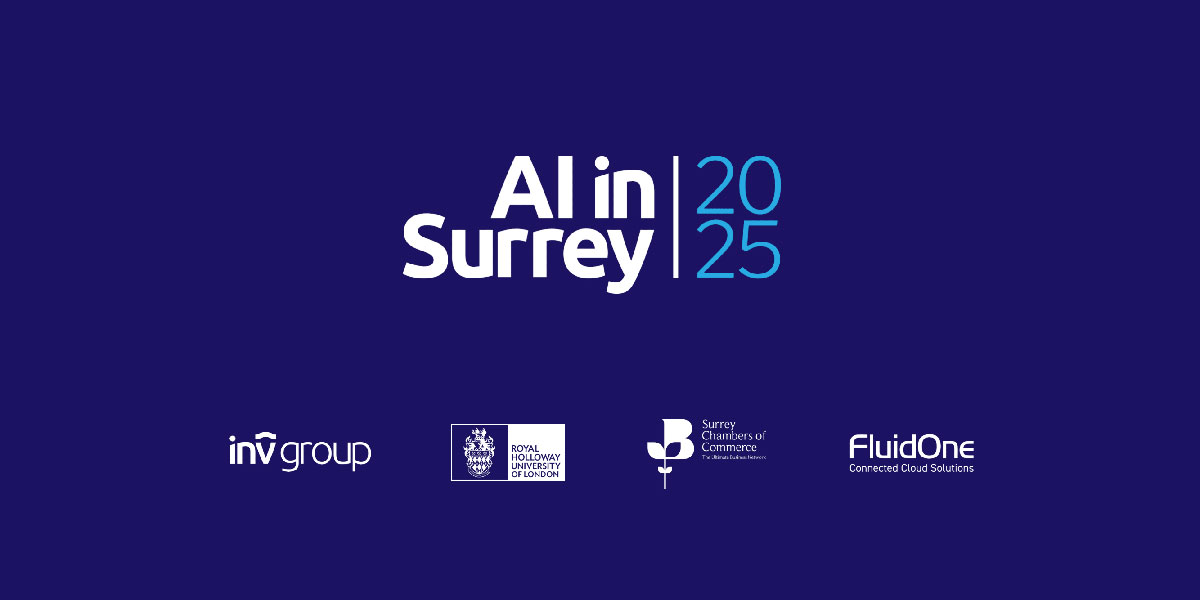Taking back control and ownership of your data has recently become very fashionable. Worrying about online data management has long been a concern. From privacy and security of your personal information and credit card details, to wondering who is reading your facebook posts. The massive shift in the last few years to online commerce and social interaction has heightened the concerns. High profile hacks and failures have intensified the scrutiny. But what seems to have pushed things over the edge for many people is the take up of personal wearable devices and the flood of interconnected IoT devices throughout our home. We are in scary territory where unknown entities are finding out directly what’s happening inside our homes and our bodies.
Today the companies that give us websites, mobile applications, bank accounts, and many other services are also the ones that store and protect our personal data for us. More than that, in a majority of cases the companies making the devices and processing information assert that they own that data and control its use. For many people that’s a step too far. New regulations such as GDPR have forced a pause-for-thought in many companies, accompanied by a rapid inventory to try to find out what data they have, and what they currently do with it. In many cases the answer is neither clear nor comfortable.
But beyond the hand-wringing, a deeper concern is emerging. In fact, there is a growing interest in forcing fundamental change to the Internet by starting to store and protect our personal data for ourselves so we can reuse and re-share this data whenever we wish, giving us greater influence on the primary reason for the Internet – information sharing.
Longstanding research initiatives such as the Hub-of-All-Things (HAT) have been focused on these issues for some time. Their championing of personal data stores has been important and influential. But the profile for this work has been raised significantly recently with the voice and actions of Sir Tim Berners-Lee, master of the Web, adding his significant weight to the cause. His new focus is regaining control of “Social Linked Data”, known as SOLID.
In a blog post published on Medium, he explained: “Solid is guided by the principle of ‘personal empowerment through data’, which we believe is fundamental to the success of the next era of the web. We believe data should empower each of us.” Through his work at MIT, and a new company called Inrupt, he is building a new platform, model, and social movement aimed at redesigning a fundamental core of the Internet – its data sharing architecture.
Lots will happen quickly in this space. But at the heart of this remains a very big question: What’s my data worth? And right now, no one has a good enough handle on how to get an answer. Even more telling, the variation in understanding and perception of data value seems to be all over the place.
Lets take one of the interesting areas of personal data now opening up to widespread use. Genome sequencing has moved in the last few years from sci-fi to reality, with costs falling rapidly. Outside of their direct medial use, partial approaches are now routine. People are interested and excited to learn more about their genetic makeup. Both AncestryDNA and 23AndMe offer DNA tests for $99, and together are said to have delivered more than 15 million tests. Such activities are fun and entertaining as part of personal family tree research, or simply out of curiosity. Beyond that, however, is the scientific and commercial value of such information. Should I receive some sort of payment for providing DNA data to medical research, pharmaceutical companies, insurance companies, and others? Can I trade it in isolation or in combination with others to create a marketplace for pools for coordinated data? Can I decide who gets to use it and how?
A new set of companies such as LunaDNA and Nebula are pushing these questions with data-based business models that support personal ownership and empowerment around this kind of data. In LunaDNA for example, the company considers different pieces of data to be of different value. For example, shares worth 14 cents would be paid for 20 minutes of fitness tracker data. $3.50 would be paid for a genome-wide microarray, $3.50 for a whole microbiome and $21 for a whole genome (data pertaining to your complete genetic composition). They have suddenly created a value on this data for certain use cases. The have set a market price for such data. This seems to take us down a really interesting, largely untested, and potentially quite scary track.
As a result of these initiatives, a new way to think about our actions online emerges. Next time you fill in a form or check the box for “I agree…” without reading the small print, ask yourself how much you think that data is worth, who is deciding its value, and who is profiting from it.





